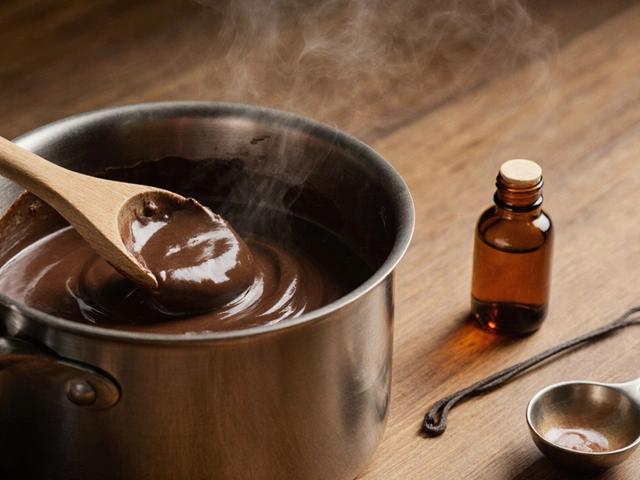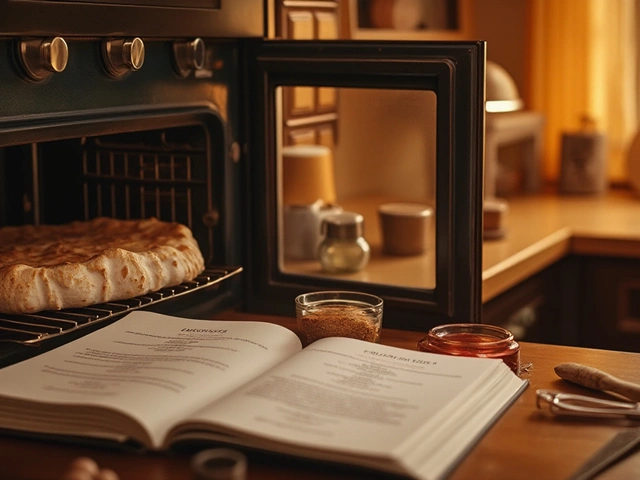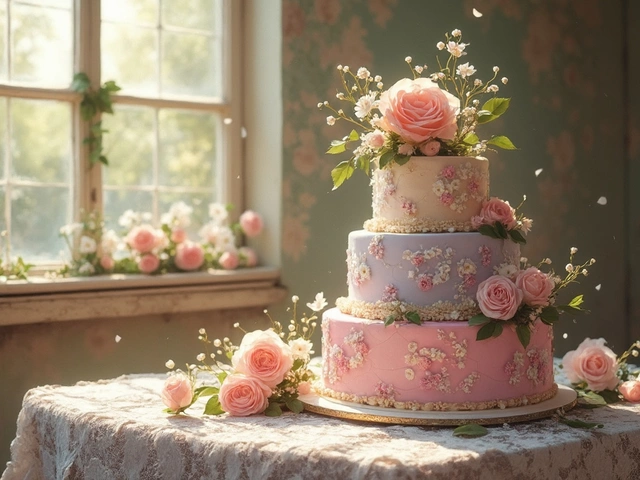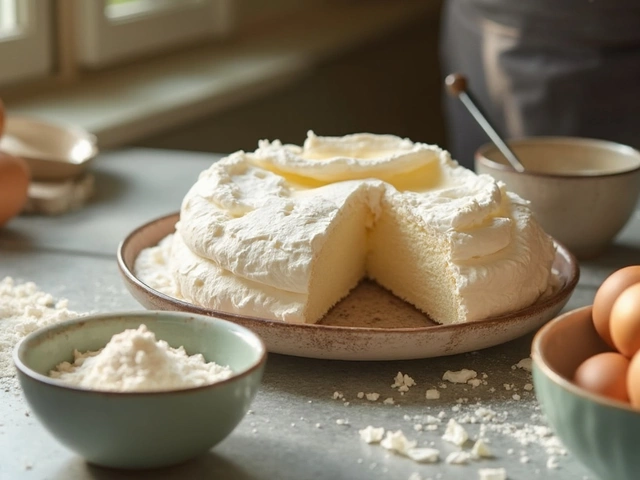Botanical Cakes: Fresh Floral Ideas for Your Next Dessert
Ever wanted a cake that looks like it was plucked straight from a garden? Botanical cakes let you blend taste and nature without any fancy tricks. You just need a few edible flowers, some herbs, and a bit of confidence. In this guide you’ll learn which blooms are safe, how to match flavors, and quick decorating methods that work for any skill level.
Choosing the Right Edible Flowers
The first step is picking flowers you can actually eat. Not every pretty blossom belongs in a cake, and some can be bitter or even toxic. Safe choices include violets, roses, pansies, lavender, and nasturtiums. Look for flowers that are pesticide‑free – a quick trip to the farmer’s market or your own garden works best.
When you bring them home, give the petals a gentle rinse and pat them dry. If a flower has a strong scent, test a tiny piece first; too intense a flavor can overwhelm the cake. For a balanced taste, pair mild blooms like rose petals with richer frosting, and use bold flowers like lavender to cut through sweet buttercream.
Simple Techniques to Add a Botanical Touch
Start with a basic vanilla or lemon cake. Once it’s cool, spread a thin layer of frosting to create a “glue” for the petals. Arrange the flowers in a loose cluster, a single ribbon, or a full‑cover pattern – whatever fits the occasion. If you want a more subtle look, sprinkle crushed dried petals over the frosting; they add color without the risk of wilting.
Herbs work great as accents. A few mint leaves on a chocolate cake, or rosemary sprigs on a rosemary‑infused honey cake, give a fresh aroma that surprises guests. Just chop herbs finely if you mix them into the batter; too much can change the texture.
For extra stability on a warm day, lightly mist the petals with a sugar syrup before placing them. The syrup acts like a tiny glue and helps keep the flowers fresh longer. Keep the finished cake refrigerated if you’re using very delicate blooms – they’ll stay bright for a day or two.
If you’re feeling adventurous, try making a flower‑infused syrup to brush onto cake layers. Simmer water, sugar, and a handful of petals for a few minutes, then strain and cool. This adds both color and flavor without any extra frosting.
Remember, the goal isn’t just to look pretty; it’s to make the cake taste better. Pair citrus cakes with orange blossom or hibiscus for a bright bite, and match earthy carrot cake with marigold or chamomile for a warm finish.
Finally, always tell your guests which flowers you used. Some people have mild allergies, and a quick heads‑up shows you care about safety as well as style.
Botanical cakes are surprisingly easy once you know the basics. Pick safe blooms, match flavors, and use a few simple tricks to keep everything fresh. With these tips you’ll wow anyone at a birthday, wedding, or casual tea party – all while keeping the process fun and low‑stress.
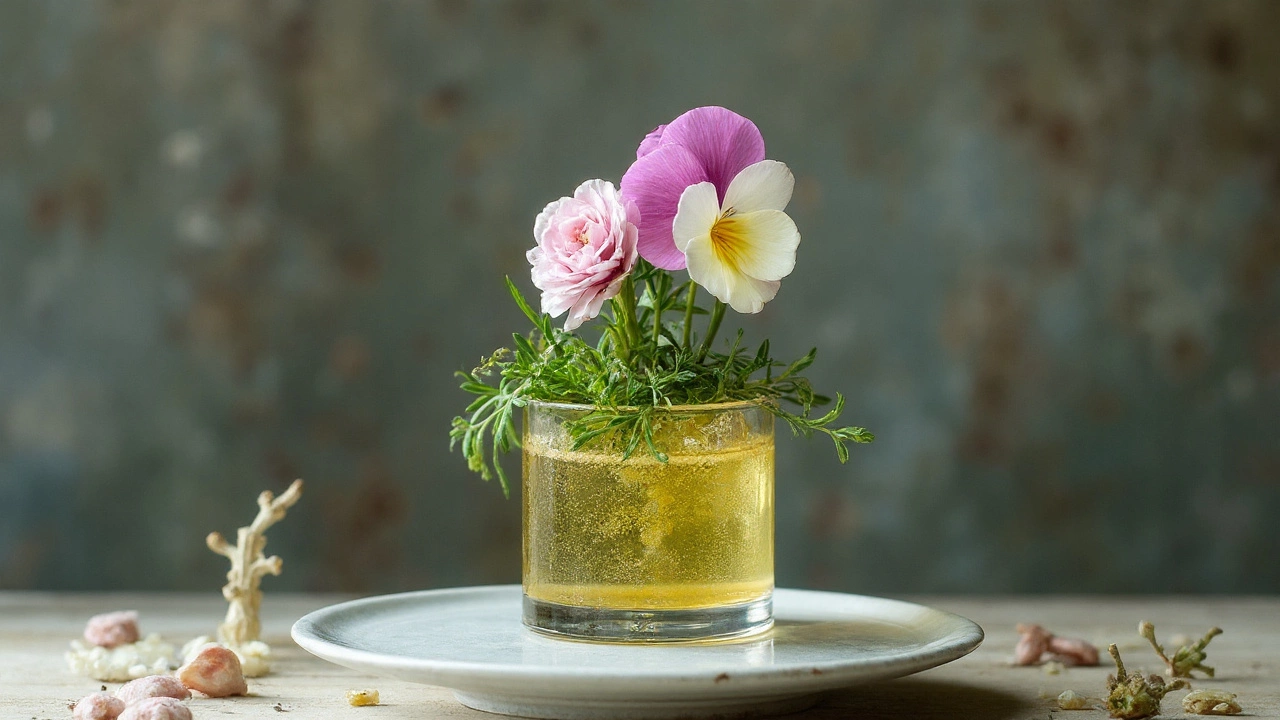
Next Cake Trend 2025: Botanical Pressed-Flower Cakes (Why and How to Nail It)
The next cake trend for 2025 is Botanical Pressed-Flower Cakes: edible blooms, herb-infused flavours, and a glossy gel finish. Here’s why it’s big and how to make it.
View More
